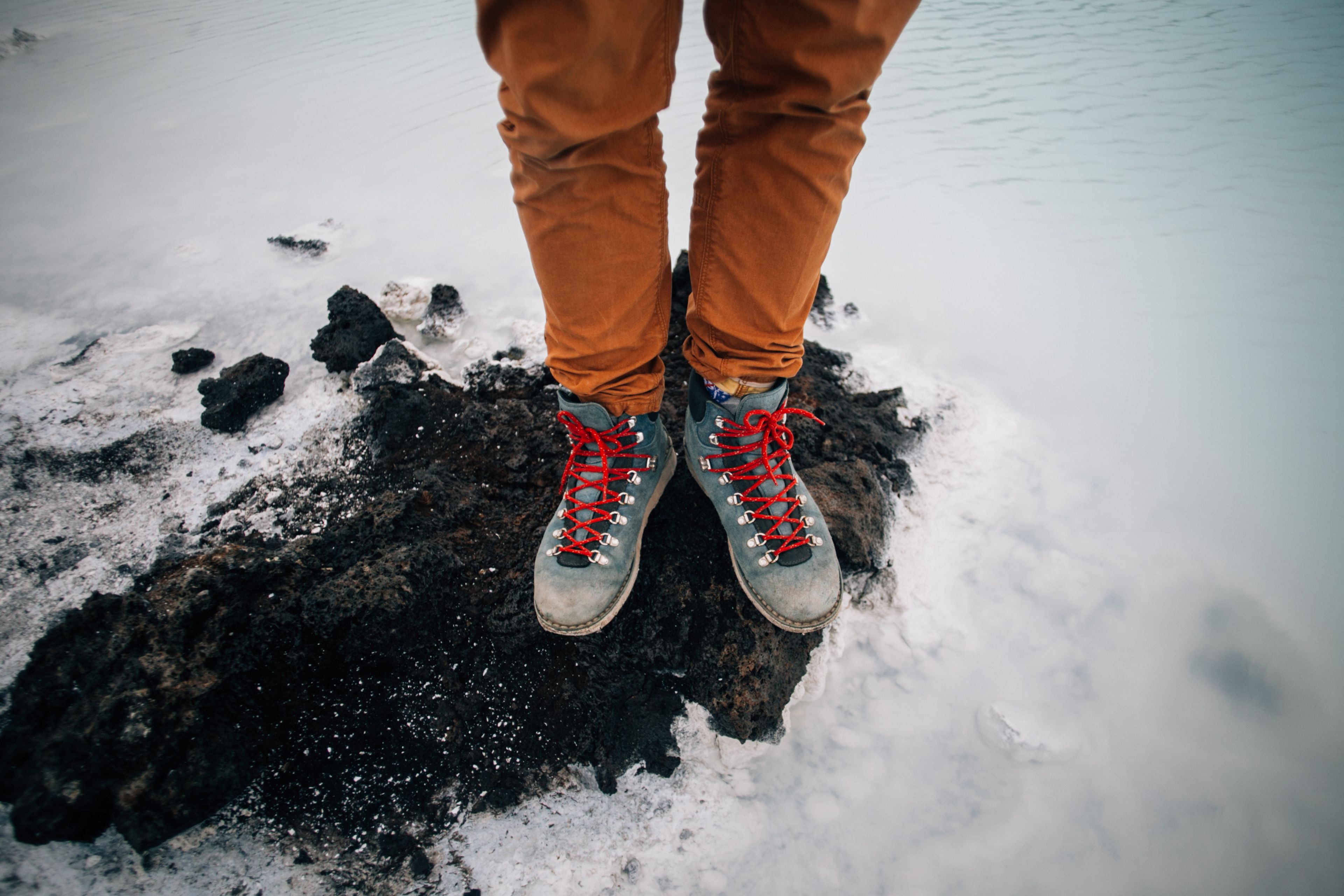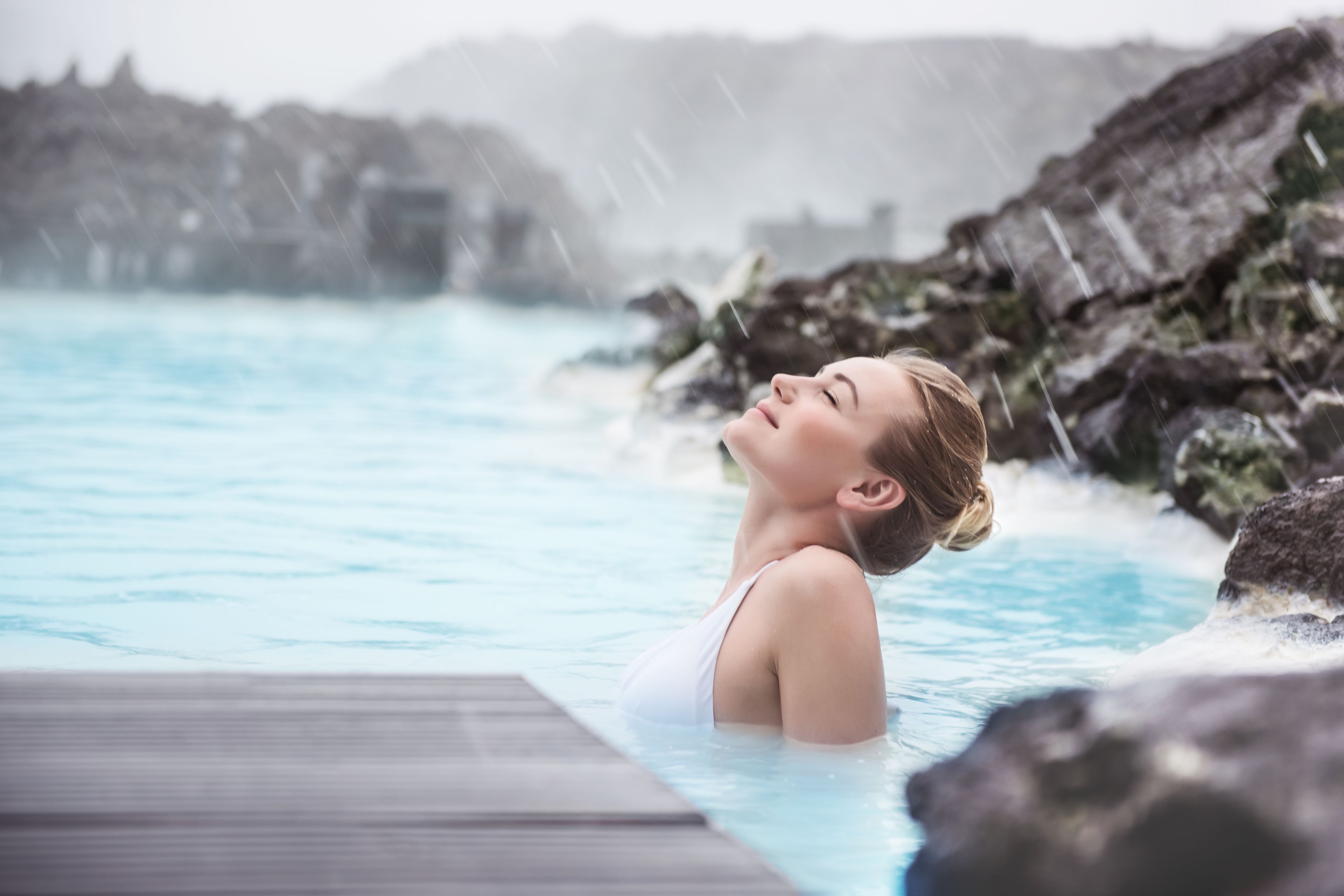
What to Expect: Weather in Iceland in January
Jump to chapter
Iceland is known for its stunning landscapes, unique culture, and unpredictable weather. And if you're planning a trip to this Nordic island in January, you may be wondering what kind of weather to expect.
January is one of the coldest months in Iceland, with temperatures dropping below freezing and snowfall becoming more frequent. But don't let that deter you from visiting this beautiful country. In this article, we'll dive into what you can expect from Iceland's weather in January and how to prepare for your trip.
What is the Weather Like in Iceland in January?
Temperature
January is the coldest month in Iceland, with average temperatures ranging from 28°F (-2°C) to 37°F (3°C). However, temperatures can drop as low as 14°F (-10°C) in some areas, especially in the northern and eastern parts of the country.
Iceland Weather
Iceland is known for its unpredictable weather, and January is no exception. You can expect a mix of rain, snow, and sleet throughout the month. On average, Iceland receives around 3.5 inches (9 cm) of precipitation in January, with the majority falling as snow.
Daylight Hours

One of the unique aspects of visiting Iceland in January is the limited daylight hours. Due to its location near the Arctic Circle, Iceland experiences long periods of darkness during the winter months. In January, Iceland gets only 4-5 hours of daylight. The sun rises at around 11:00 am and sets at around 3:30 pm.
January 2025 Weather Report
Let’s look at the weather in Iceland for January 2025—temperature, rain, snow, and sunshine—and see how it went.
January 2025 was cold, especially up in Northeast Iceland, and pretty snowy in the East. Winds were calmer than usual for this time of year, but a big storm hit on the last day, messing up travel and causing some damage. It got warm and rainy around the middle of the month, melting a lot of snow and making rivers overflow onto roads and fields.
Here’s what the numbers say about January 2025.
(Most of this comes from Vedur.is)
Temperatures
It was colder than usual in most places, especially in the northeast. The west wasn’t hit as hard.
- Reykjavík: The average temperature was -0.4°C (31.28°F), 1.0°C below the 1991–2020 average and 0.4°C below the last ten years.
- Akureyri: The average was -3.0°C (26.6°F), 2.5°C below the 1991–2020 average and 1.9°C below the past decade.
- Stykkishólmur (west Iceland): The average was -0.4°C (31.28°F).
- Höfn in Hornafjörður: The average was -0.5°C (31.1°F).
Highest & Lowest Averages Nationwide
- The warmest average was 2.8°C (37.04°F) in Surtsey.
- The coldest average was -7.9°C (17.78°F) at Sandbúðir. In places where people live, it was -5.7°C (21.74°F) at Grímsstaðir on Fjöllum.
- Some spots in the northeast, like Akureyri and Egilsstaðir (-3.3°C), had their coldest January averages this century.
- The hottest day was 15.6°C (60.08°F) at Dalatangi on the 14th and Kvísker on the 13th.
- The coldest day was -25.9°C (-14.62°F) in Möðrudalur on the 30th. In lived-in areas, it was -25.8°C (-14.44°F) at Þingvellir on the 9th.
January 2025 Extremes
- In Reykjavík, it got down to about -15°C (5°F) mid-month and up to around 8°C (46.4°F) when it warmed up.
- In Akureyri, the lowest was probably around -20°C (-4°F) late in the month, with highs near 7°C (44.6°F) mid-month.
Precipitation
- Reykjavík: Got 107.9 mm of rain, 25% more than the 1991–2020 average.
- Akureyri: Had 73.6 mm, 20% above the 1991–2020 average.
- Stykkishólmur: Saw 69.2 mm, and Höfn in Hornafjörður had 171.0 mm.
Days with 1.0 mm or More of Rain
- Reykjavík: 13 days, 2 less than usual.
- Akureyri: 11 days, the same as an average year.
Mid-month, it warmed up and rained a lot, melting snow in the South, North, and West. Rivers spilled over onto roads and fields for a bit.
Snow
- Reykjavík: Had 19 days fully covered in snow, 7 more than the 1991–2020 average.
- Akureyri: Had 26 snowy days, 4 more than usual.
- East Iceland got a lot of snow. Dalatangi had 27 snowy days, 14 more than average—the most since 1993.
Sunshine
- Reykjavík: Had 37.1 hours of sunshine, 14.6 hours more than the 1991–2020 average.
- Akureyri: Got 4.8 hours, 1.7 hours less than usual.

What to Pack for a January Trip to Iceland
When packing for January's Icelandic weather, it's essential to prepare for cold, wet, and windy weather. Here are some essential items to pack for your trip:
Warm Clothing
Layers are key when it comes to staying warm in Iceland's winter weather. Be sure to pack thermal base layers, a warm fleece or sweater, and a waterproof and windproof jacket. Don't forget to bring a hat, gloves, and a scarf to protect your head, hands, and neck from the cold.
Waterproof Boots

With the potential for snow and rain, it's crucial to have a good pair of waterproof boots for your trip. Look for boots with good traction to help you navigate the icy and snowy terrain.
Camera Gear
If you're planning on capturing the stunning landscapes of Iceland, be sure to pack your camera gear. But remember, cold weather can make your camera's battery die fast. So, bring some extra batteries and keep them warm in your pockets.
Swimsuit

If you're planning a winter trip to Iceland, make sure to pack a swimsuit. You'll definitely want to visit the country's famous hot springs, like the Blue Lagoon, and other geothermal pools. These attractions are even more fun during the winter months.
What Activities Can You Do in Iceland in January?
Despite the cold, January offers a wide and spectacular range of things to do. Here's just a sample.
Northern Lights

One of the main reasons people visit Iceland in the winter is to catch a glimpse of the Northern Lights. With the long periods of darkness, January is an ideal time to see this natural phenomenon. Head to a remote location away from city lights for the best chance of seeing the lights dance across the sky.
Winter Sports
Iceland offers a variety of winter sports, including skiing, snowmobiling, and ice skating. Many tour companies offer guided excursions for these activities, making it easy for visitors to participate.
Whale Watching

While whale watching is a popular activity in the summer months, it's also possible to see these majestic creatures in the winter. January is a prime time for whale watching, with the highest chances of spotting humpback and minke whales.
Cultural Experiences
Iceland's unique culture and traditions are on full display in January. The country celebrates Þorrablót, a mid-winter festival, with traditional food, music, and dancing. It's a great opportunity to immerse yourself in Icelandic culture and try some local delicacies.
Tips for Navigating Iceland's January Weather
Rent a 4x4 Vehicle
If you plan on driving in Iceland in January, it's essential to rent a 4x4 vehicle. The roads can be icy and snowy, and a 4x4 will provide better traction and stability.

Check the Weather Forecast
As mentioned earlier, Iceland's weather can be unpredictable. Be sure to check the weather forecast before heading out for the day, and plan accordingly.
Dress in Layers

Layering is key to staying warm and comfortable in Iceland's winter weather. Be sure to pack thermal base layers, a warm fleece or sweater, and a waterproof and windproof jacket.
Stay Hydrated
The cold weather can be dehydrating, so be sure to drink plenty of water during your trip. It's also a good idea to bring a reusable water bottle to refill throughout the day.
Conclusion
While January may not be the warmest time to visit Iceland, it's still a beautiful and exciting time to experience this unique country. With the right preparation and packing, you can enjoy all that Iceland has to offer, from stunning landscapes to cultural experiences and winter activities. So bundle up and get ready to embrace the chill of Iceland's January weather.
Latest Blog Posts
 Canyons
CanyonsMúlagljúfur Canyon: A Secret in South Iceland Waiting to Be Explored
Iceland is a country packed with amazing natural monuments. They can be found in every corner of the country, but certain regions are especially full of these wonders. And, without a doubt, South Iceland has a lot to see and do. Many of the most famous national landmarks are located in this part of the Island, and some are well-known worldwide. However, there are still a few places that not many people, apart from the locals, know and that don’t usually appear on travel guides. If you’re looking for one, then you’re in luck. Múlagljúfur Canyon sits here, a stunning escape for travelers ready to explore beyond the usual stops. This rugged gorge, with its waterfalls crashing down mossy cliffs, showcases the rawest side of Iceland like few others. Away from the busy tourist trails, it offers crisp air, dramatic views, and a peaceful vibe that’s hard to resist. If you’re up for a hike and eager to uncover a lesser-known gem, Múlagljúfur is calling your name.
 Wildlife
WildlifeDiscover the Wings of Iceland: A Birdwatching Guide
Iceland is a country primarily known for its variety of landscapes. Here, the powerful forces of nature have created an astonishingly high number of natural monuments that often leave visitors speechless. For that reason, in recent years, many adventurers have chosen this island in the middle of the Atlantic Ocean as a destination. But the attractions this Nordic gem has don’t end there. There are many other reasons to discover what Iceland has waiting for you, such as a fascinating culture and great wildlife. And in the latter, Iceland is a prime place for bird watching. This island is a sanctuary for a large number of species that nest, migrate, or live here year-round. With so many different habitats present in the country, Iceland offers unparalleled birdwatching opportunities. Come with us and learn what the most sought-after birds are and where to find them.
 Places to Visit
Places to VisitGrótta Lighthouse: A Magical Place Near Reykjavik
Iceland has plenty of cool spots to visit, but some of the best ones fly under the radar. Grótta Lighthouse is one of these hidden gems – a charming lighthouse on a tiny tidal island with amazing views, lots of birds, and one of the best places near Reykjavík to see the Northern Lights. Unlike the busy tourist hotspots, Grótta lets you experience Iceland's raw nature just minutes from the capital. Here's the catch: You can only reach it at low tide, which makes getting there part of the adventure. Let's look at everything you need to know to plan a great visit to this coastal treasure.
